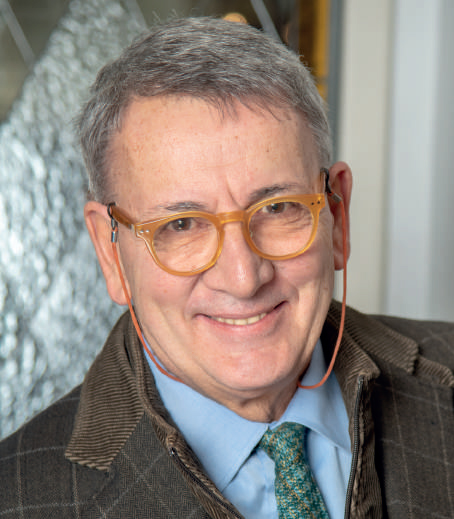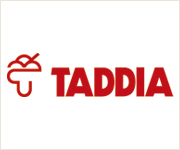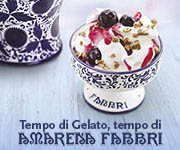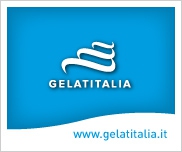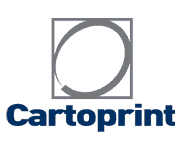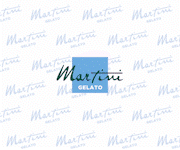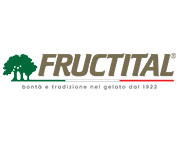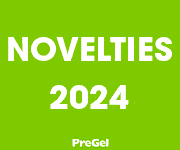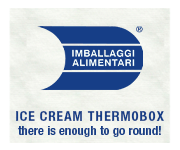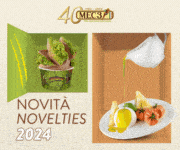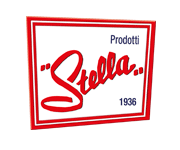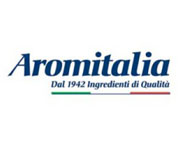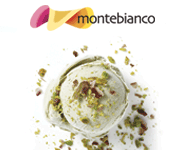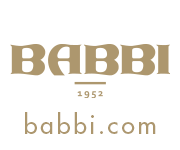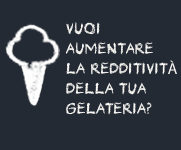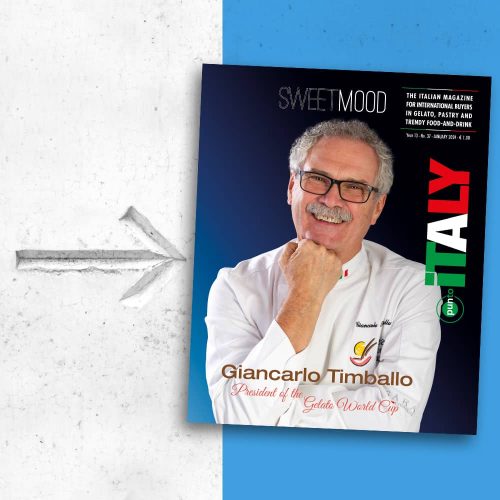The Art of teaching
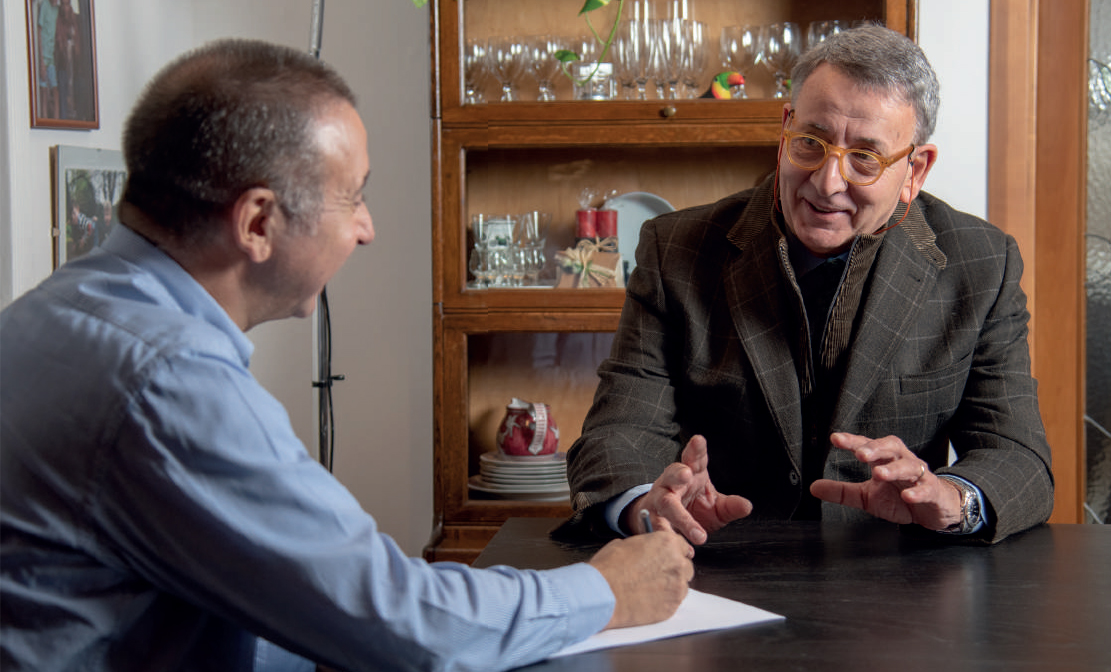
Angelo Grasso is considered one of the most qualified gelato instructors in the world.
How much does this responsibility weigh on you every time you start a course for professionals or beginners?
For me, teaching was a choice. After so many years spent within the walls of the production area, I felt the need to go out and share all that I had experienced and learned up to that point. And paradoxically it was then that I realized that the knowledge was all “outside”: outside of my production space, outside of the certainties I had lived with for so many years. And so, more or less 33 years ago I embarked on a path of research and study that continues today.
There is no doubt that I feel the weight of responsibility.
Every year I meet hundreds of aspiring gelato artisans and established professionals, each with his or her own problems and expectations, and by the end of the course I would like to have the peace of mind of having given them what they were looking for, whether it be learning more about production or – why not – simply the reassurance of being on the right path. In particular, I hope to be able to pass on to everyone – especially to newcomers – at least a little bit of my enthusiasm and passion for this profession.
In your long career as a gelato instructor, what were your most memorable experiences?
There are so many! My first course, for example: a bit like your first love, the one you never forget. It was 1986 and Guerrino Bellati, Secretary of the Committee for the Defense and Dissemination of Artisanal Gelato, asked me if I could teach a course for the Varese Chamber of Commerce.
A bit recklessly I replied yes… and you can say that what followed was my professional “baptism.”
There are so many moments that I remember fondly.
For example in Carrara, when the weight of the machines broke through the floor of a historic building from the 1500s. Everyone arrived: carabinieri, police, firefighters…
In that case, not sure of how to react, I turned tail and went home.
And then in Bolzano, when before the beginning of the course a young participant asked me with a strong German accent if I came from Italy.
And in Milan when, at the beginning of my first course at CAPAC, a gentleman who was much older than me, seeing me wearing a white coat, came up and asked, “You’re not the instructor, are you?”
I also remember what happened in Riccione, when the topic of the event was “alcohol and sorbet” and at the end 16 of the course there was not a single sober person in the room.
Finally, in Rangoon in Myanmar to show respect for local customs I taught the course while barefoot to a class of attentive people, dogs, cats, and chickens…
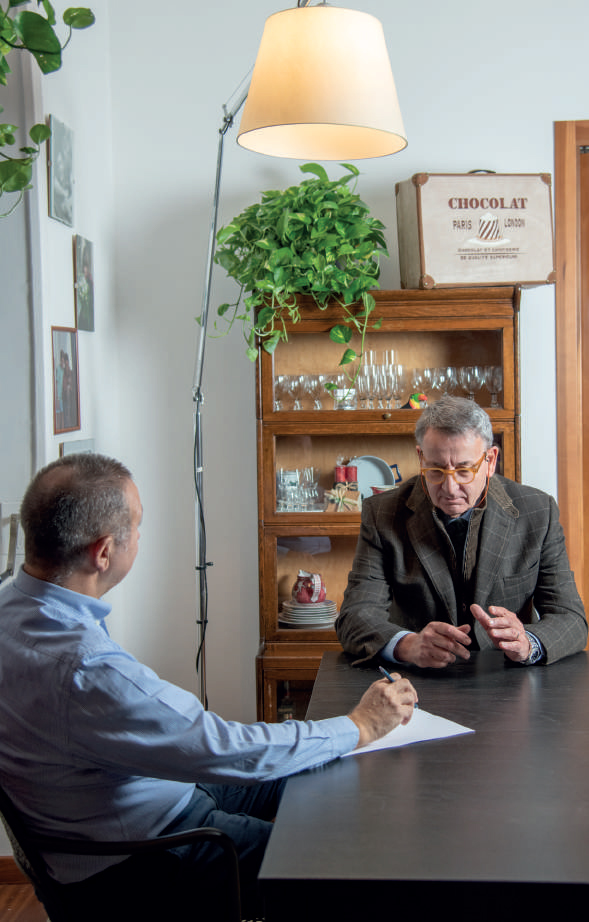
How has the way of teaching the “trade” of gelato artisan changed over the years?
Well, I would say that course participants have become more demanding. They have a more advanced level of scholastic and professional training than in the past. Oftentimes the students have already attended courses and seminars: the expectations are therefore high, as they are looking for new information and insights. This is mainly reflected in the theoretical part of the course. Once, after the canonical explanations related to ingredients and production techniques, the long-awaited recipes were dispensed, the culmination – at least hopefully – of the instructor’s experience and study.
Today the student wants to understand why this ingredient is used, why in that quantity, why in that proportion with respect to the others.
And so more topics are discussed, and also a bit of chemistry and physics… In short, besides learning new recipes, they also want to understand the underlying logic and the technique of transforming ingredients into gelato.
Of course all this is very stimulating, a continuous incentive to learn more and expand your knowledge. But just as important, you’re also looking for the best way to share the knowledge while always being attentive and respectful of the person you have in front of you.
In contrast, the practical part has changed less and remains a very important part of the lesson, one where words, numbers, and imagination are transformed into that delicious magic that is gelato.
And how has the way of learning the “trade” of gelato artisan changed compared to the past?
To answer this question I would need all the space in this magazine. I’m joking of course… but not so much!
Once upon a time there was an apprenticeship, whether you did it as part of the family business or you got into the trade out of curiosity or necessity.
Or, like me, you were in a family business but saw it more as a punishment. I remember when my friends came to see me at work they certainly didn’t envy my preparing mixes in tinned copper pots, or extracting gelato with the paddle from four vertical batch freezers… maybe after having first carrying a dozen 50 kg bags of sugar!
To be honest, I don’t remember a lot of people aspiring to do my job. As we all know today things are different.
Over the years with the development of new technologies “the trade” has been made easier. Some have even defined making gelato as “easy.” If you don’t know what
to do in life… open a gelato shop!
The way of learning has also changed. We’re certainly faster, this is the age of “everything now,” “buy without paying,” a slogan from an advertisement a few years ago that I consider of little help. In reality we all know that you can’t buy anything without paying.
And by paying I don’t necessarily mean disbursing money, but patience, experimentation, dedication, and, above all, love for what we do. In the age of “great communication” we are flooded with information, but even in our industry there is fake news, false information that seeks to create problems that don’t exist to give someone the power to solve them. To make artisans dependent on those that will offer them solutions.
Indeed, I would say that the greatest difficulty of those who get into the business today is knowing how to differentiate between that which encourages growth and independence and that which, to the contrary, creates a dependence on someone, on a group, or a production system.
Knowledge must coincide with greater freedom and awareness of choices.
What is the first suggestion you would give to a young person who is entering the world of artisanal gelato?
My advice may seem obvious: humility, perseverance, patience… But most of all, I would suggest looking inwards, to start by learning about yourself, and above all to understand your strengths and limits. In fact it is precisely the knowledge and acceptance of our limits that can make it possible to avoid a sea of problems.
Over the years I have seen excellent artisans fail in business and good entrepreneurs succeed without being artisans.
The profession of gelato artisan is a way of life, and like all choices – especially the important ones – it should be made with eyes wide open. A word to the wise…
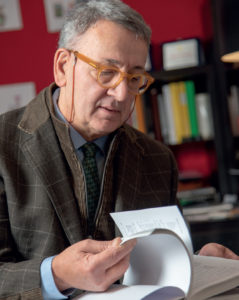
You have published many books during your career. Which of these marked a turning point in your profession?
Together with the team at the puntoItaly publishing house we produced a nice book that was very successful because it was the result of excellent teamwork: Il Gelato di Angelo Grasso.
But the book that marked a turning point in my life was the second one, Professione Gelatiere.
The writing of that manual was a very special experience. First of all, I was undecided whether to continue or abandon this profession. You could say that I was going through a
particular moment and I had taken a sabbatical pause for reflection. At the time I didn’t even know how to use a typewriter so I patiently wrote it by hand in some notebooks.
Then I drew all the illustrations, unleashing my second big passion, drawing.
I believe that many copies of this manual have been sold, perhaps because in the age of books very few were written on artisanal gelato. What is certain is that this literary experience convinced me to proceed on the path of trainer and communicator that I had begun in Varese, almost for fun, a few years earlier.
What are your plans for the future?
As I often say, my hope is to teach the first gelato course to be held on Mars! Confucius said: love your work and you will never work your whole life.
would say that I was very lucky, I have always done what I like and what I am passionate about.
Maybe in the future I would like to give more space to what stimulates my curiosity, my desire to learn more, and, why not, to what amuses me.
Perhaps setting aside what has become predictable, or that is taken for granted.
Lately I’m having some fun in the United States, where a customer who became a great friend involved me in an industrial ice cream production company.
Obviously it is something very different from the artisanal gelato that still continues to occupy a large space in my heart, but maybe for this reason it is truly stimulating and exciting.
This year your new book will come out, published by our company. Can you tell us a little about it?
I’ll try. About three years have passed since the day I got the “crazy” idea of gathering new material.
I have decided that gelato, or rather the main products of the gelato shop, do not yet occupy their rightful space among various foods.
All the texts that deal with the science of what nourishes us and that I have studied and continue to read today dedicate only a few lines to “frozen foods,” while entire chapters are dedicated to their component ingredients. The aim of my new book is to fully appreciate the quality of the “gelato product,” with a global vision that takes all aspects into account, from its nutritional value to its ingredients, chemistry, and physics. The text will certainly in clude recipes and the techniques to develop and produce them.
For now the most challenging part was writing the chapter dealing with “chemistry,” not so much for the complexity of the material but for the difficulty of applying it to the production of gelato, making it easy to understand without going too far into the weeds.
Final two questions: what is Angelo Grasso’s greatest strength? And what is your biggest weakness?
If you look at these things closely you will find that a strength can become a weakness and vice versa. I would say generosity, willingness, and self-centeredness, both as strengths and weaknesses. Generosity and willingness to share and transmit what I know, without limiting myself to promotional actions and demos that would undoubtedly be more practical and convenient if I wanted to use training courses as a way to find consulting jobs and to expand my private business.
But, right or wrong depending on your point of view, this has never been my style.
And then there is self-centeredness, a behaviour typical of children that sometimes can still be found in adults, like me…
But I’d like to know how I could speak in front of dozens of people if I didn’t seek the pleasure and gratification of being at the centre of everybody’s attention!
Amarcord… the lemon
In the dialect of Romagna in Italy “amarcord” means “I remember.”
This word was made famous by the magical Federico Fellini, who in 1973 used it as the title for a beautiful film.
Sometimes I too allow myself to be overwhelmed by nostalgia, traveling with the “amarcord” time machine back to when I worked in the family shop.
Of all the sorbets and gelato, his majesty the “lemon sorbet” was always present.
In that distant 1973, I was the “lemon guy.” Production began the night before. I weighed the sugar and then mixed in the flavedo, which is the coloured outer part of the lemon peel, rich in essential oils. During the night, the “anhydrous” sugar was imbued with this oil and acquired a delicious aroma.
The next morning I squeezed the juice “strictly by hand” using a tool made of beech wood that today can be found on the Internet as a historical heirloom.
My father had bought a juicer… it cost a lot and was all steel. He let me use it only twice and then took it away.
“You’re pushing too hard! You’re cutting into the white part under the pulp… and then the sorbet becomes bitter!” I dissolved the flavoured sugar into the juice (about 15 litres), then strained it to filter out the strips of flavedo.
Then I added almost all the sweeteners: more sugar and glucose syrup. Then it was time for the hydrometer.
Nineteen degrees… and that’s it. All that was left then was the final operation, the magical touch. In the last kilo of sugar I mixed in 100 grams of carob seed flour, which for some time had replaced egg whites.
I dissolved everything into the juice diluted with water, and then started production in the four vertical batch freezers.
My lemon sorbet (from 1973) had these ingredients:
- Hand-squeezed lemon juice 230 g
- Flavoured sugar 200 g
- Glucose syrup 43 DE 100 g
- Carob seed flour 2 g
- Water 468 g
Total 1000 g
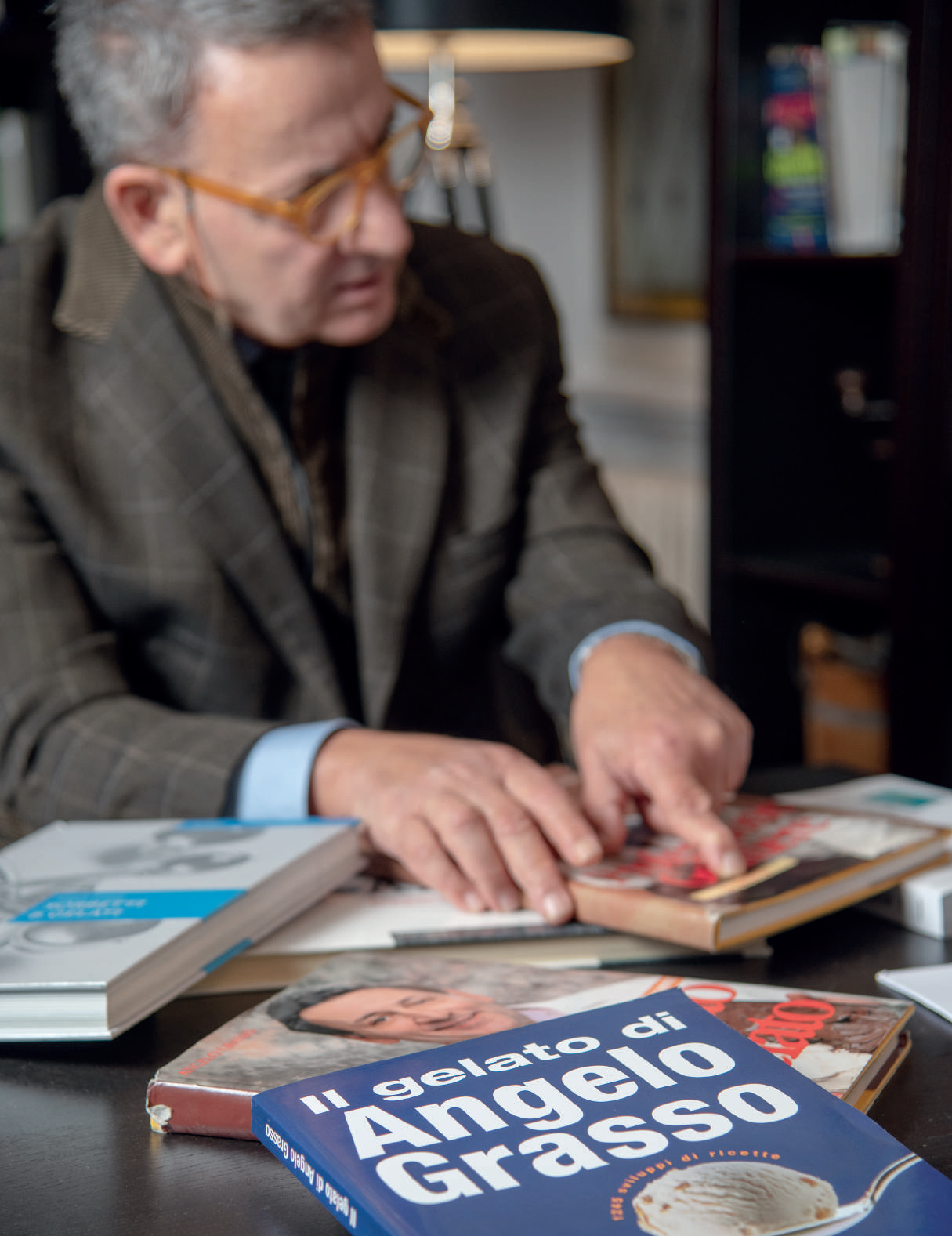
Recent Blog Posts
 Medac and AIFA: Hip hip hooray for Charles!
Medac and AIFA: Hip hip hooray for Charles!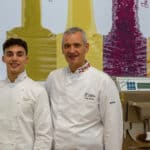 Sigep 2024 - Carpigiani’s special events with a look at the “green” future of Gelato and pastry
Sigep 2024 - Carpigiani’s special events with a look at the “green” future of Gelato and pastry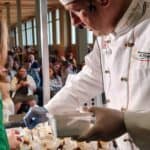 Maurizio Manzi, as Ambassador for AIG, at the Melbourne Italian Festa
Maurizio Manzi, as Ambassador for AIG, at the Melbourne Italian Festa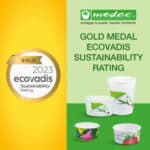 Medac awarded with the EcoVadis gold medal
Medac awarded with the EcoVadis gold medal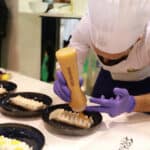 MIG Longarone and SIRHA Budapest: a new dynamic space for italian gelato
MIG Longarone and SIRHA Budapest: a new dynamic space for italian gelato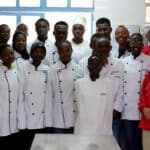 Medac supports Alice Italian Food Academy
Medac supports Alice Italian Food Academy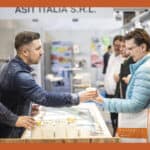 The Gelatissimo 2024 online ticket office is officially open.
The Gelatissimo 2024 online ticket office is officially open. Casa Optima Group looks for two exclusive agents
Casa Optima Group looks for two exclusive agents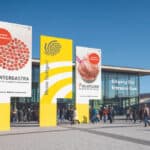 Gelatissimo 2024: here the first information
Gelatissimo 2024: here the first information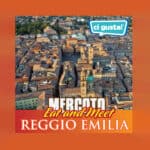 Ci Gusta opens a new store into the “Il Mercato Eat&Meet” in Reggio Emilia
Ci Gusta opens a new store into the “Il Mercato Eat&Meet” in Reggio Emilia

